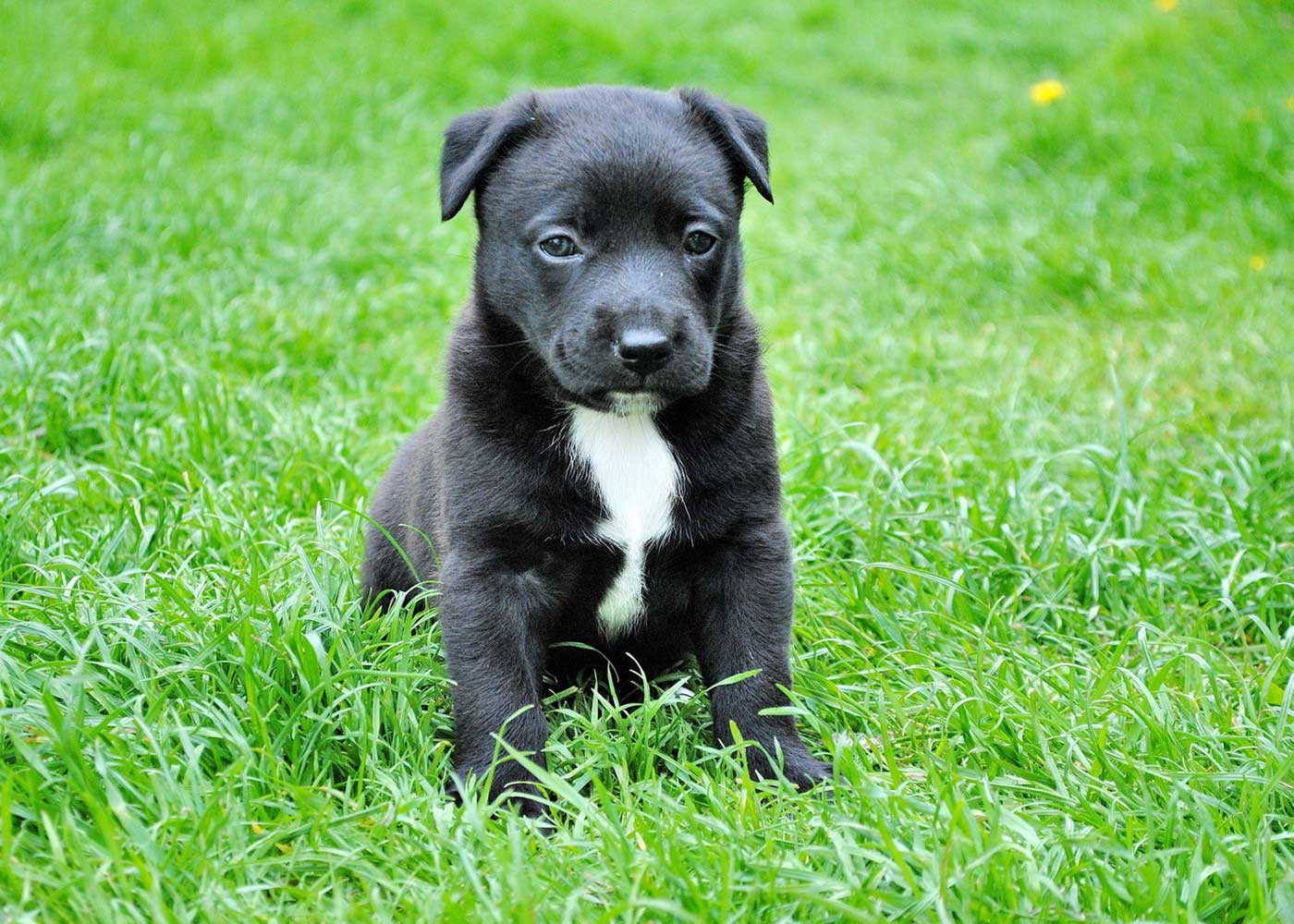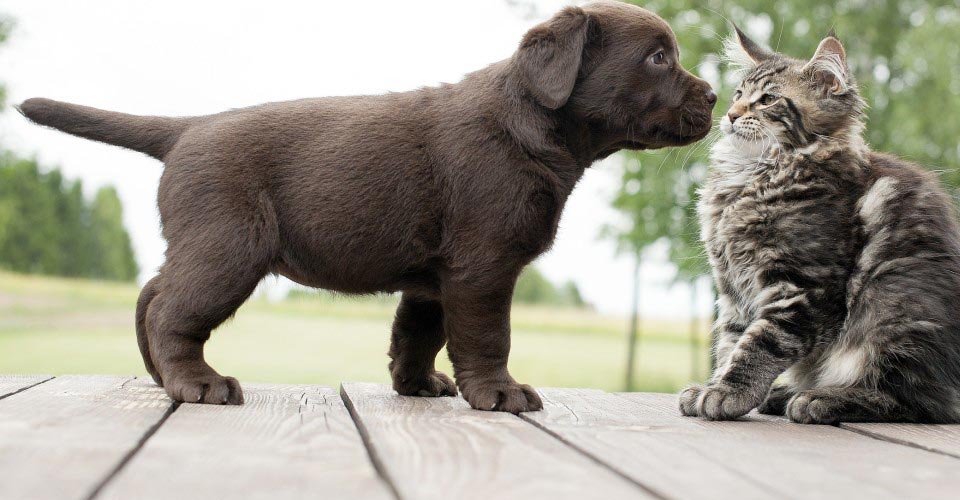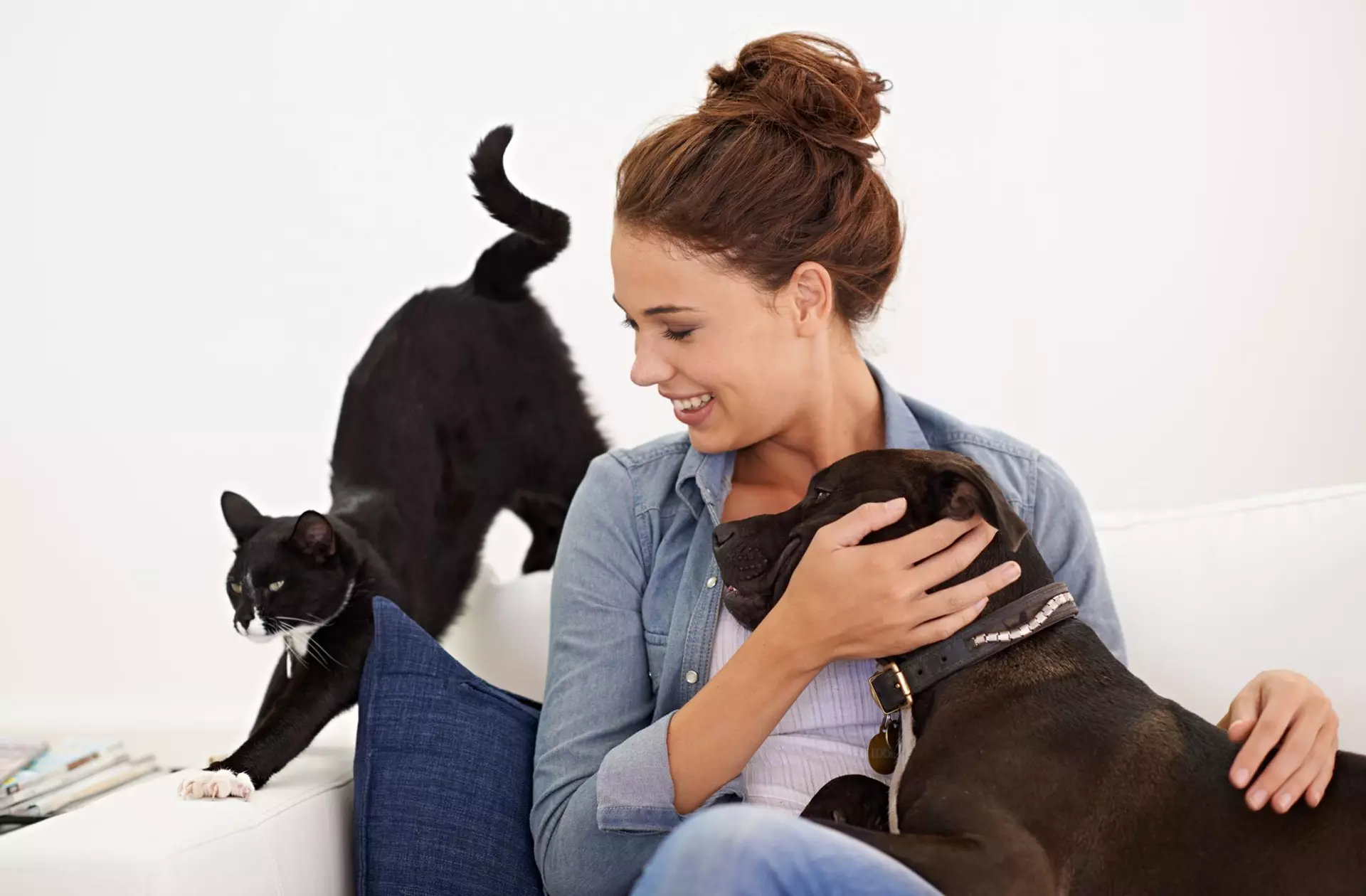
You’re thinking of buying a pet and you have lots of questions. Before we get to some of those questions, consider where you plan to go to buy your pet. There are many reasons to be careful. Do not just send or hand someone money without doing your research. There are risks associated with buying online, from a breeder, or from a pet store. Know what to look for and minimize the risks associated with pet buying no matter where you go.
Veterinary Inspection
Dog breeders will provide a Certificate of Veterinary Inspection for the sale of companion animals as required by law. This certificate is suppose to indicate that your new pet is in good health before the animal is handed over to you. More often than not however, the certificate is fake or incomplete. Make sure that it is signed by a veterinarian and if possible reach out and talk with the vet that signed the certificate. Keep in mind that there are exceptions or loop holes. Look over the individual laws of your state for more information.
Vaccinations and Exams
The first set of booster shots must be given between 6 weeks and 2 months of age. Most good breeders will not separate a litter from the mother until after 2 months. For this reason, the first set of shots are usually done by the seller. The newborn will most likely be tested for intestinal parasites and dewormed during the initial vet exams. Once in a new home, there are usually additional vaccines that must be administered. These remaining booster shots are the responsibility of the buyer and not the seller.
Use Common Sense
If you are buying from a Craigslist seller, a website breeder, or from the back of a pickup truck, you run the risk of being taken. I know people who have sent money to breeders and never heard from them again. Others have been stuck with huge medical bills by buying from questionable breeders. Some have received veterinarian certificates that have been signed with a rubber stamp and have been left blank or completed erroneously. Meaning, the dog is female and the inspection certificate makes reference to male body parts. Don’t be impulsive.Buying a dog is not like buying a pair of shoes.

Things to Consider
Don’t Buy From a Pet Store

Naming Your Pet
You have a new pet, but you don’t know what to name him. The name you choose is more important than you think. It will be what your pet responds to and what others will call him. So make it good! Make sure to include everyone in the household in the naming process to get the ball rolling where bonding are responsibility are concerned.
Pet Care Costs
Caring for an animal comes with its share of expenses. Most pet owners will spend between $700 and $2000 on initial food, pet supplies, and medical bills the first year alone. This excludes miscellaneous costs like travel gear, pet grooming, and pet sitting services. Cats require such things as litter boxes, litter, and scratch furniture. Dogs require collars, leashes, and chew toys. Some people may unrealistically think they can forego some of these expenses. However, it won’t be long before they realize that shelling out some cash at the beginning will save them more in the long run. For example, cats like to scratch furniture.
If you don’t purchase a scratching post for them, you might soon find holes in your sofa. If you choose to get a dog, you’ll probably need training pads. Accidents are bound to happen in the early stages of training. You will also need to invest on a leash. Most states have leash laws requiring dogs to be kept on a leash when going outdoors. Initial wellness exams and booster shots are necessary expenses. Having pets is very rewarding, but it is also a huge responsibility. Make sure you are aware of the costs associated with pet care before making the decision to get a pet. Can you commit to it no matter what challenges becoming a pet parent presents?
Dog Breeds
Dogs were domesticated some 14,000 to 17,000 years ago. However, most dog breeds known today were selectively cross-bred during the 19th century. Modern breed classification is based on 5 areas of aptitude: hunting, shepherding, guarding, work, and company. The World Canine Organization, the world governing body of dog breeds, recognizes 340 breeds of dog. The American Kennel Club only recognizes 167 breeds of dog. With so many breeds in existence and many more variants still being bred, how does anyone decide which breed of dog to settle on. Consider the following information when making your selection.
- Personality
- Energy Level
- Good with Children
- Good with Animals
- Common Health Problems
- Shedding
- Barking Level
- Life Expectancy

Top 6 Family Dog Breeds
Labrador Retriever
- Labrador Retriever
- Bulldog
- English Bulldog
- Golden Retriever
- Beagle
- Pug
- Irish Setter
Cat Breeds
Despite what we know about the independence of cats, they have been living with humans for 12,000 years and are, in fact, the most popular American pet. Although there’s still some debate surrounding the domestication of cats, scientists believe that wild cats were domesticated to aid with pest control. When people began to settle and mice began to linger around stored crops, cats were invited into homes to assist with the problem. Today, there are 42 recognized cat breeds by the Cat Fanciers’ Association, the world’s largest registry of pedigree cats.
- Companionship
- Space Requirements
- Cat Allergies
- Exercise Requirements
- Grooming Requirements
- Prey Instincts
- Home Environment & Personal Property

Top 6 Most Popular Cat Breeds
- Exotic Shorthair
- Ragdoll
- British Shorthair
- Persian
- Maine Coon
- American Shorthair

Temperament
What Makes A Good Pet
Temperament refers to those characteristics that make up an animal, which cannot otherwise be classified as physical or taught. Although not quite the same thing as personality, it is often used synonymously. Temperament testing is used to predict or identify potentials problems that may arise and may need to be managed. Knowing your pet’s temperament early on allows you to take an preventive stance on behavior.
- Shyness
- Aggressiveness
- Independence
- Friendliness
- Territorial
